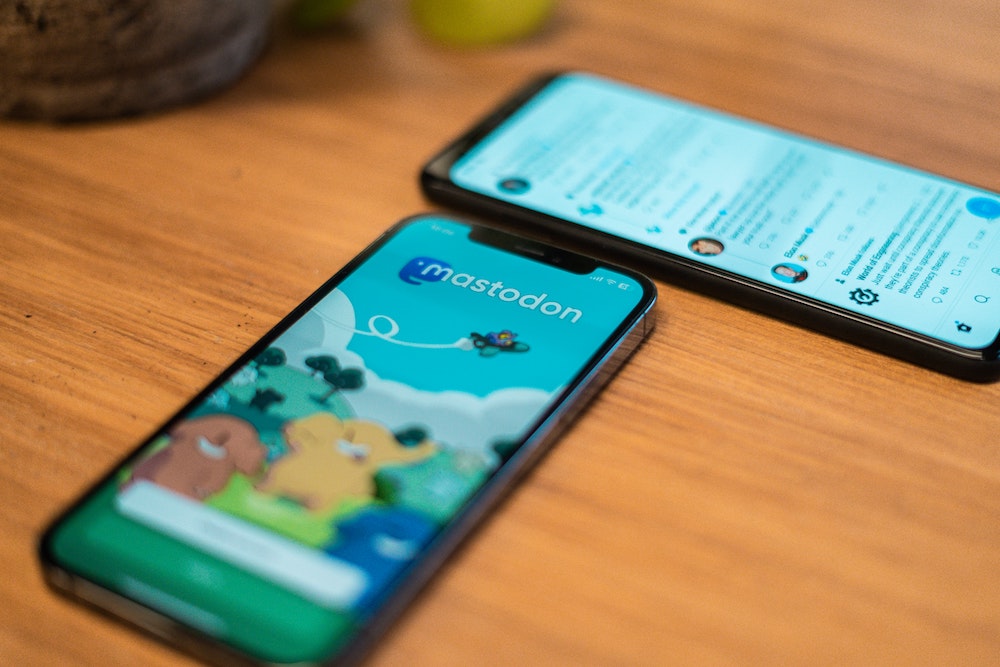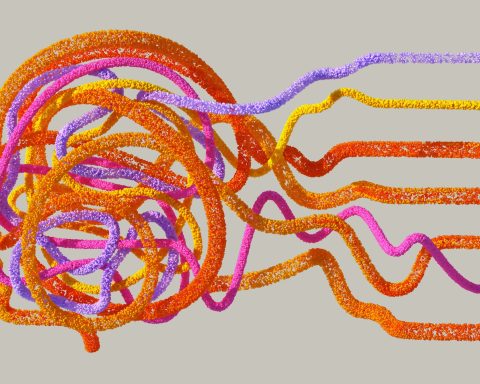 Euan Lawson is the Editor of the BJGP. You can find him on Mastodon: @euan@bjgp.social
Euan Lawson is the Editor of the BJGP. You can find him on Mastodon: @euan@bjgp.social
It is almost impossible to have been in contact with any kind of mainstream media in recent weeks and not have noticed that something is up with Twitter.
I’ve long been ambivalent about Twitter and have been playing hokey-cokey with it for years. The author Cathy Rentzenbrink nearly summed it up when she said that Twitter makes her “jealous, judgemental and jittery”. We should be concerned about the health impacts of social media, or at least social media as it is currently offered to people. I have completely deleted my account, then returned, and have activated and de-activated several times. The toxicity of Twitter has become an accepted norm — and that was before the recent turmoil.
I don’t believe that social media is intrinsically bad. It’s just that Twitter’s single owner, advertisement-driven algorithm-controlled model is dismal for many reasons. (It’s much the same problem with Facebook/Instagram of course.) It’s been hard to create any momentum to seek an alternative but Elon Musk is stepping in to help us out, making the case, with considerable gusto, on the intrinsic wrongness of billionaires generally and, more specifically, allowing one individual to exert staggering control over the ‘public square’.
It’s so palpably wrong it makes my teeth itch but it’s understandable that many people remain reluctant to leave Twitter. Almost every organisation in the world can be found there and many people have spent years building their presence. There is an alternative.
So, let’s talk about the not-quite-elephant in the room, Mastodon. It is a micro-blogging form of social media, just like Twitter, but there are some crucial differences. It is not a single website, and no single person owns it, and instead it is made up of multiple communities on each server or ‘instance’. Each and every one of those instances can see each other and interact. They are ‘federated’ and all the communities make up what is known as the ‘fediverse’.
I’ve been on Mastodon for a couple of weeks now and it has completely rejuvenated my belief that social media can be constructive and not the daily mental equivalent of freely pouring an aliquot of your soul into a blender. I’ve made connections with new people and had some interesting discussions on a range of topics. It reminds me of Twitter early days. I am fully aware that there is the potential that this positivity is the manifestation of a selection bias. The people moving to Mastodon bring with them some specific viewpoints and they are more likely to be acutely aware of the harms at Twitter.
Yet, there are some important differences in the architecture of the system, protective mechanisms, that offer hope the future of Mastodon is not to replicate the difficulties with Twitter and maintain the genuine opportunities of social media. Those slight differences will take a little getting used to but they are, in almost all cases, features not bugs.
Mastodon Tips
There are many articles knocking around on how to get the most of out of Mastodon. Here are a few tips to get you started. And, if you have any questions, please just ask them in the comments section.
- You will have to join a server or ‘instance’ but don’t agonise over it too much. There is a primary care server: primarycare.app but you shouldn’t feel you have to go there. It is quite small and a UK-based option like mastodonapp.uk might suit just as well. (I started there but I did have to wait a few days to get activated as the admins are so busy.) Remember, all the servers can see content from each other so it doesn’t matter too much where you start.* In time, you may choose to move server if you don’t like the moderating policies and it’s getting mean — but that’s a feature not a bug.
- Remember there is no algorithm. This is also a feature and not a bug. The vaguely familiar interface can lull you into thinking it is same as Twitter but under the bonnet the differences matter. That means you have to adjust how you interact and so posts appear when they are posted without the Twitter code determining the ‘best’ stuff for you to see.
- Understand what favouriting does. When you favourite a post it will send a signal to the person who wrote it but it does nothing for that post’s visibility. So, absolutely, use it to thank an author or express solidarity but it will definitely not show it to other users in the slightly random (and irritating way) Twitter does.
- Boosting or reposting is much more important to make content visible. That’s a consequence of the No.2 and No.3 above. So, don’t be shy about it. And, there is no ‘quote tweeting’ on Mastodon. There is a sound rationale for that — you can read one good take on it here. And it also explains why the ‘missing’ metrics on posts is a Good Thing too. Remember: Features not bugs.
- Learn about the ‘content warning’ option. This is a powerful feature and one where individual servers will have specific rules. Some servers are fierce on this and you may have content deleted or even be banned if you get it wrong so read the rules. There is a lot to like about CWs as they are an important mechanism to make Mastodon social media more tolerable and less likely to be upsetting. When you use a CW only the first line of the post will show and the person has to click to see the rest. They can be used to flag sensitive content but they can also be used for something as prosaic as an off-topic comment in a long thread.
This is how a Content Warning appears on your timeline. Click on the ‘Show More’ to see the rest of the post.
- Content moderation will be more variable as it happens at server level. Just because Mastodon is decentralised does not mean that it is automatically ‘safe’. That moderation is now being determined by the admins of each server. That might be a single crazed Nazi sitting in his basement in his tighty-whites or it could be a small team of highly dedicated and ethically-savvy administrators working around the clock. At the moment, it is most commonly a committed techy type person who has run a server in their spare time as a public service. The surge in new sign-ups to Mastodon has put them under phenomenal pressure.
- Make extensive use of hashtags to find people and posts from our community. It’s early days but using #PrimaryCare or #GeneralPractice or #TeamGP will help us find each other. On most servers it is also possible to follow hashtags in the same way as you follow a person. (The convention is to use camel case for hashtags — the first letter of each word capitalised. There is also a strong culture of adding alt text to images to help with accessibility.)
Mastodon and the servers available are going to develop quickly as people move onto it. Twitter was a very different beast in its early days and Mastodon will change too. But, I encourage you to dive in, make connections, and you may just find yourself enjoying social media again.
* Instances can see each other as long as they don’t block or ban each other. Most instances will block spam servers, porn etc. It also means that instances that allow hate speech or other grim content can be cast adrift in the fediverse. Those instances can either take action to address their problematic users or they can simply drift on in their bubble of toxic hate, screaming abuse at each other.
Featured image by Battenhall on Unsplash







The article highlights the unique features of Mastodon, such as its focus on privacy and decentralization, and provides practical advice on how to get started on the platform. Overall, I appreciated the positive and forward-thinking tone of the article, which encourages GPs to embrace new technologies and explore innovative ways of communicating with their peers and patients.
Renewable / Sustainable Laboratory Plasticware Market Size
The global renewable / sustainable laboratory plasticware market size is estimated to grow from $0.47 billion in 2025 to $2.69 billion by 2035, at a CAGR of 19% during the forecast period, till 2035.
Read More: https://www.rootsanalysis.com/reports/sustainable-laboratory-plasticware-market.html